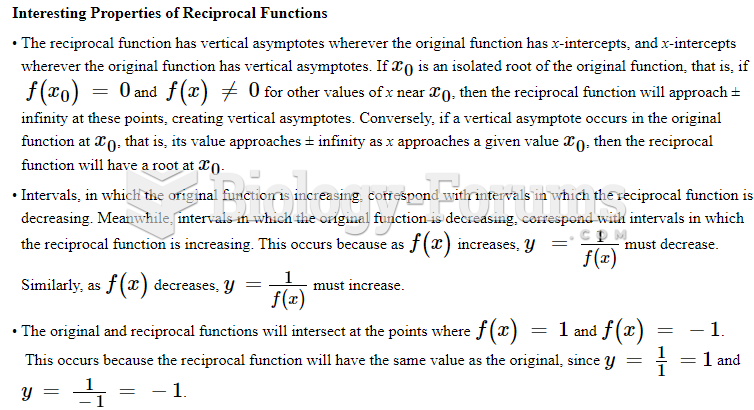Answer to Question 1
Probable cause to arrest means that there are enough facts and circumstances to lead
police officers in light of their experience to reasonably believe that the person
arrested has committed, is committing, or is about to commit a crime. Reasonable
suspicion only requires that officers based upon the information that they have seen
or learn from reasonably trustworthy source, reasonably suspect that a person may
has or is about to commit a crime.
Probable cause to arrest lies on a continuum between reasonable suspicion on one end
and proof beyond a reasonable doubt on the other. Reasonable suspicion is needed to
justify a stop, the least intrusive activity subject to the Fourth Amendment. Probable
cause is needed to justify an arrest, which is more intrusive than a stop as it lasts longer
and usually requires a removal from the place stopped. The highest burden of proof is
proof beyond a reasonable doubt. This is the proof needed to convict and imprison
someone for crime that can lead to a punishment from some part of a year to life.
The probable cause requirement balances the societal interest in crime control against
the individual right of locomotion, the freedom to come and go as we please.
Answer to Question 2
A full custodial arrest, i.e., one that lasts for a substantial period of time and is usually
accompanied by a trip to a police station or jail, and must be based on probable
cause. Secondly, the duration of a full custodial arrest can last from several hours to a
few days. The location of full custodial arrest begins on the street or other public or
private places but ultimately usually results in removal to a police station. Besides
being removed to a police station, the arrested person also suffers other invasion of
privacy. They are usually fingerprinted, booked, photographed, interrogated and also
possibly subjected to some identification procedures.
Full custodial arrests differ from stops in two important respects. The first is duration.
Stops are measured in minutes; full custodial arrests can last hours and sometimes
even days. The second respect in which the two differ is location. Stops begin and end
on the streets and in other public places. Arrested people are taken to the isolated and
intimidating surroundings of local police departments and jails.
Not all arrests are equally invasive. Full custodial arrests are the most invasive of all
arrests, but less invasive seizures are also arrests. An arrest begins when a stop ends
and the individual is still detained, and continues through full custodial arrests where the
person is usually placed into a squad car, taken into a station house, subjected to a
search, photographed, booked and fingerprinted, interrogated and ultimately locked up
for a substantial period of time.







